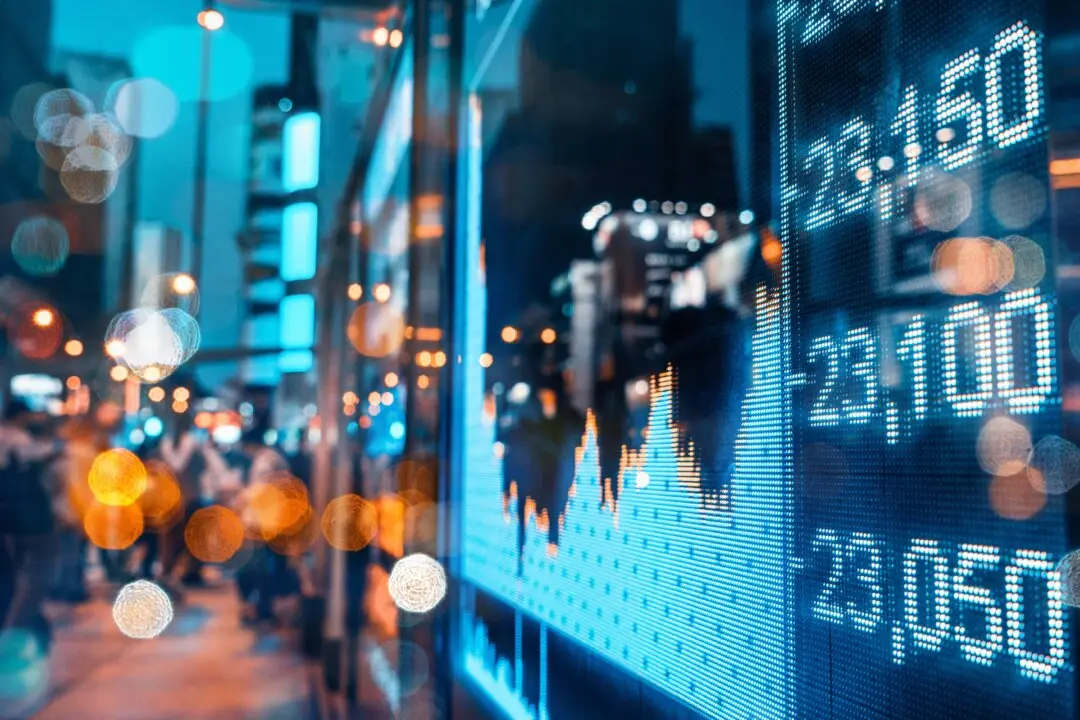NEW YORK—The latest historic U.S. banking failure made few waves in markets, and stocks drifted Monday as Wall Street braces for what it hopes will be the last hike to interest rates for a long time.
The S&P 500 was virtually unchanged after regulators seized First Republic Bank and sold off most of it in hopes of preventing more turmoil in the industry. It dipped 1.61, or less than 0.1 percent, to 4,167.87. The Dow Jones Industrial Average slipped 46.46, or 0.1 percent, to 34,051.70, and the Nasdaq composite fell 13.99, or 0.1 percent, to 12,212.60.





